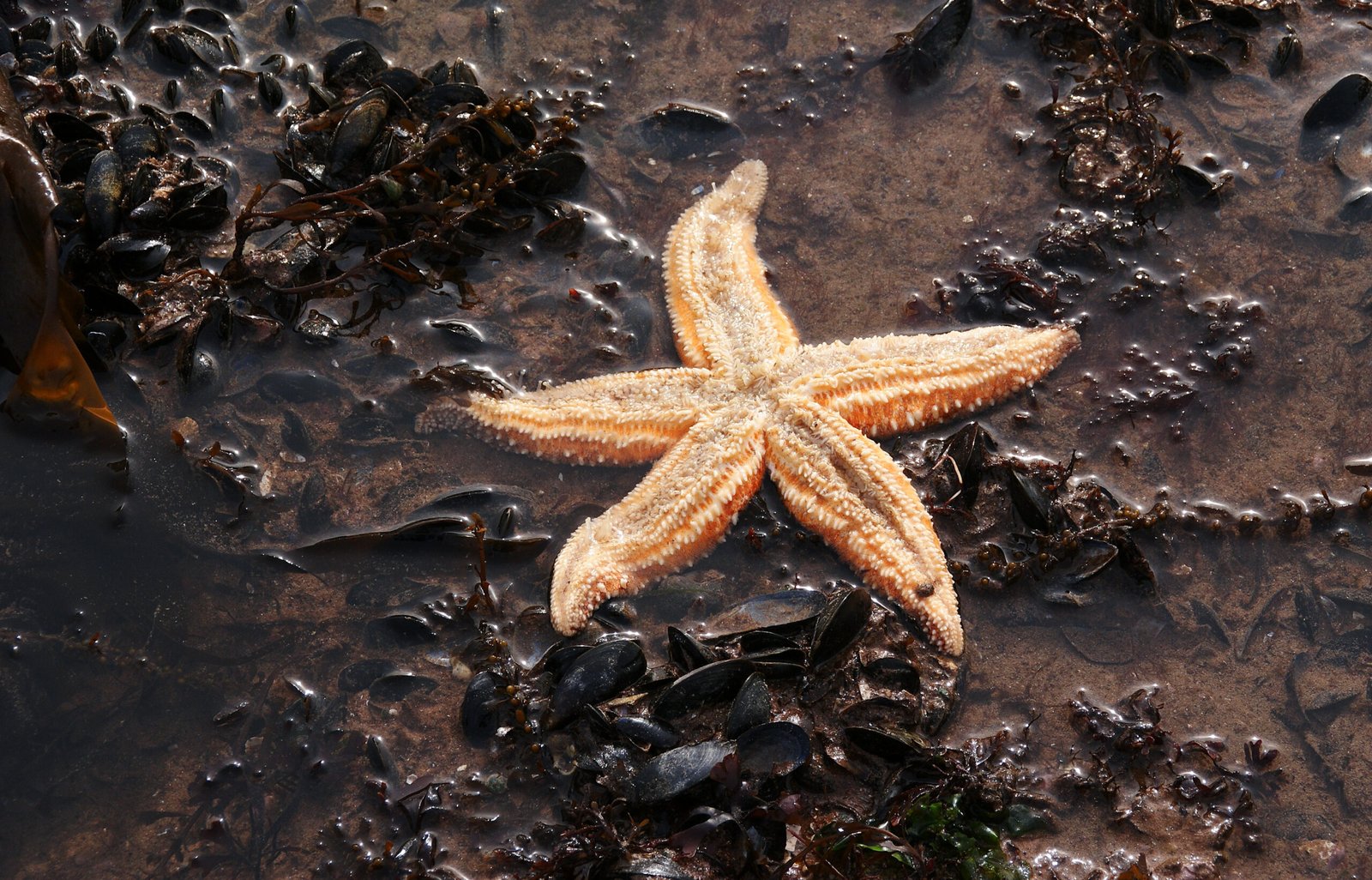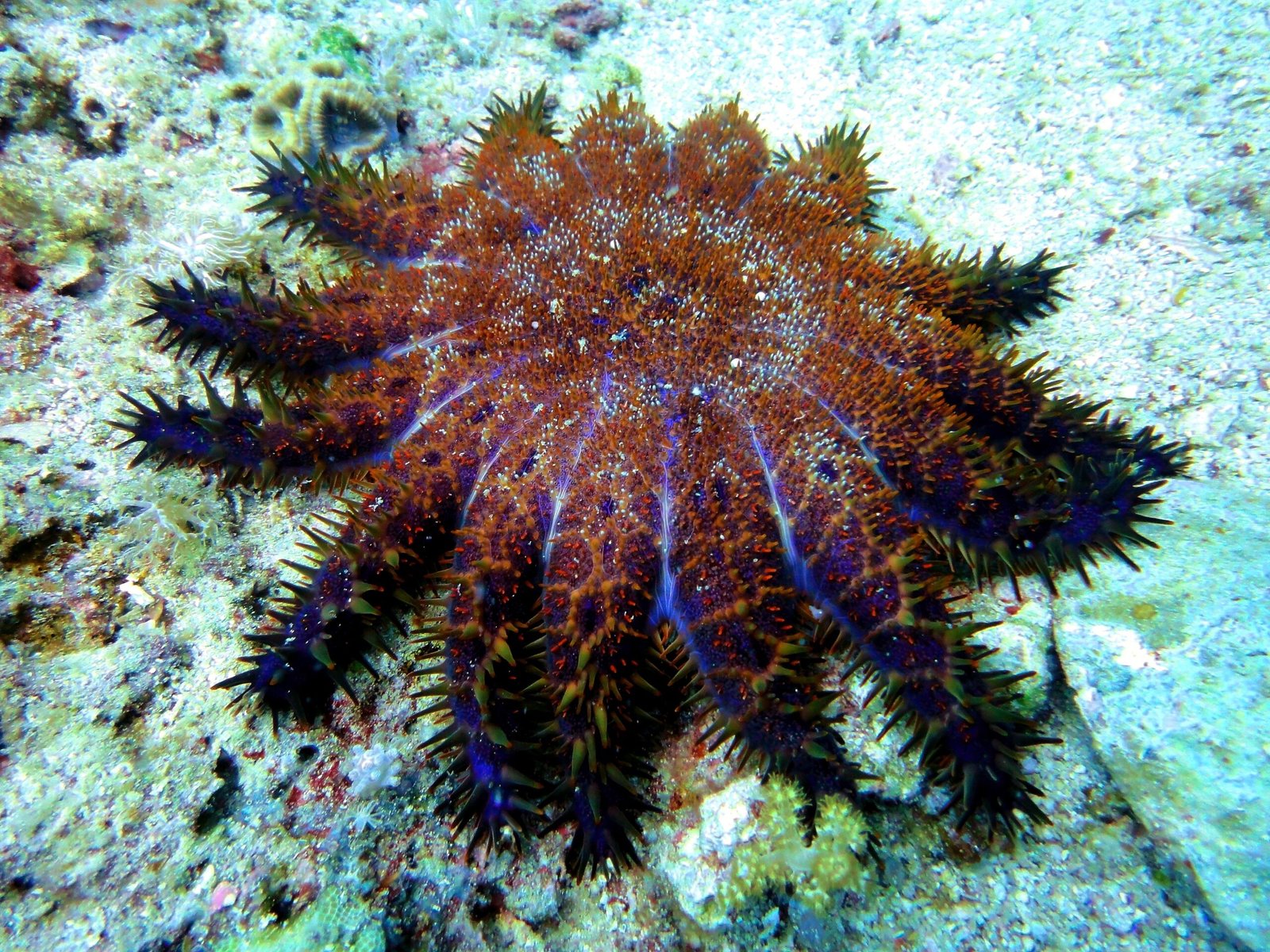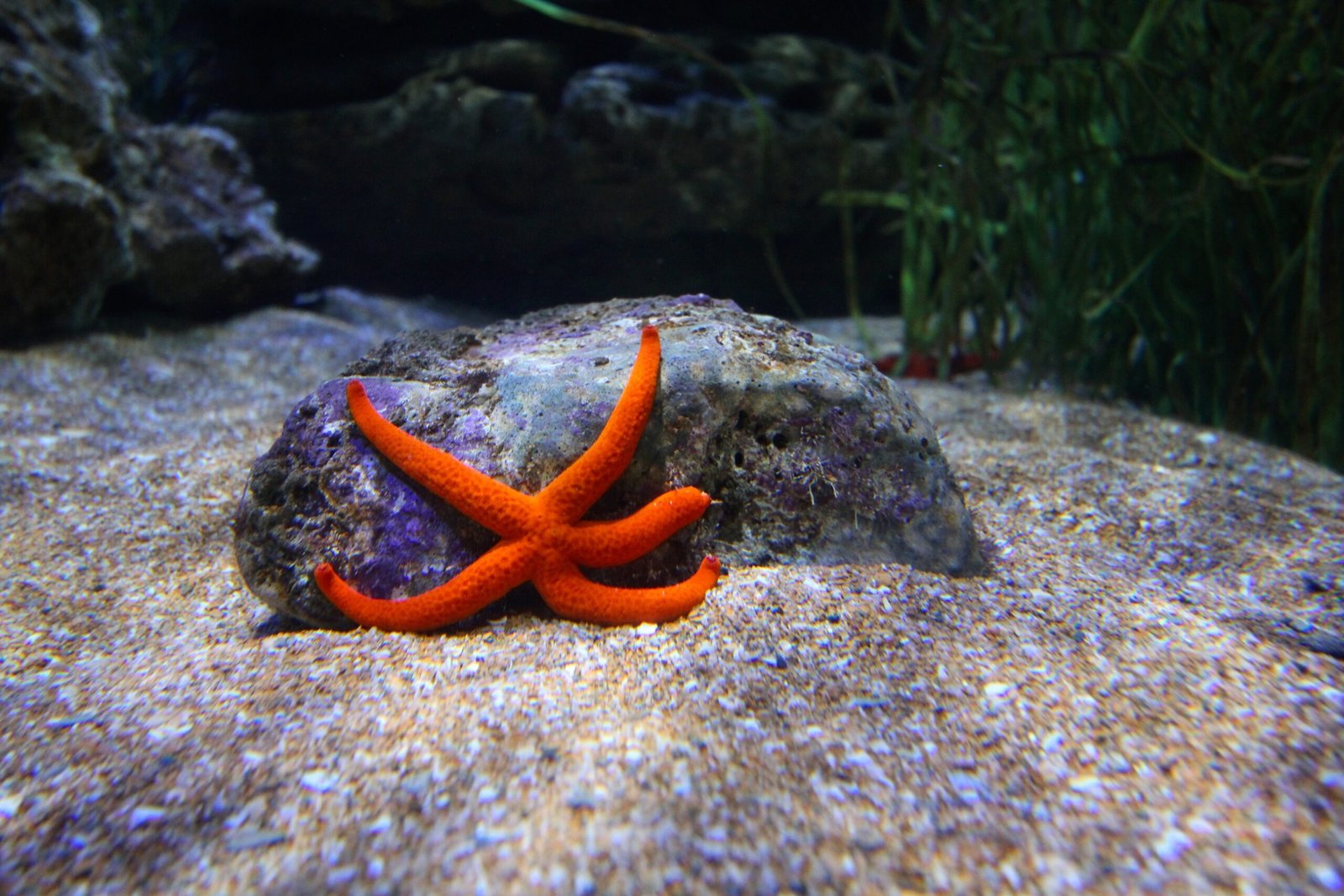Imagine exploring the ocean floor, feeling the cool water swirl around you, and suddenly noticing a starfish gliding across the sand. It seems almost magical, right? But here’s something even more astonishing: that starfish is watching you. Yes, you read that correctly—starfish can see. But their vision is not like ours, or even like that of most creatures you know. The way starfish perceive the world is both peculiar and fascinating, defying everything you might expect about animal senses. Let’s dive deeper into the mysterious world of starfish vision, where seeing doesn’t always mean believing.
The Bewildering Anatomy of Starfish Eyes
At first glance, starfish don’t seem to have any eyes at all. Their bodies are simple, with five arms radiating from a central disc, covered in spiny skin. But look closer—at the very tip of each arm, nestled among tiny tube feet, lies a small red or black dot. These dots are actually the starfish’s eyes. Unlike the complex spherical eyes of humans, starfish eyes are much simpler, classified as compound eyes. Each “eye” is made up of numerous light-sensitive cells clustered together, lacking lenses or irises. These structures may look unremarkable, but they are the key to the starfish’s unique way of sensing its surroundings.
How Starfish Eyes Actually Work
Starfish eyes are truly a marvel of evolution, designed not for sharp focus or vibrant colors, but for detecting changes in light and shadow. Instead of forming detailed images, these eyes can only pick up contrasts between light and dark. This means a starfish won’t see your face if you swim by—but it might notice the shadow you cast. Scientists believe this ability helps starfish navigate toward shelter or avoid predators by moving away from sudden darkness. For the starfish, seeing is more about survival than about appreciating the beauty of the world.
Seeing the World in Blurred Shapes
Imagine living in a world where everything is out of focus, like peering through frosted glass. That’s the reality for a starfish. Their eyes are so basic that, even at close range, they can only discern large objects—like the looming outline of a rock or the general shape of a coral reef. Fine details are lost, and rapid movements are hard to track. Yet, this blurry vision is perfectly suited to their needs. Starfish are slow-moving creatures, and their main concerns are finding food and safe hiding spots. For that, crisp vision isn’t necessary—just the ability to notice big shapes and changes in brightness.
Why Starfish Vision Matters in Their Daily Lives

The way starfish see the world might seem limited, but it’s surprisingly effective. For instance, when searching for food—often clams or mussels hidden in the sand—a starfish doesn’t need to see its prey in detail. Instead, it relies on its sense of smell and touch, using vision mainly to stay oriented and avoid hazards. Their eyes help them steer clear of open spaces where predators could spot them, guiding them toward reef structures that offer protection. In this sense, their vision acts like a built-in safety system, quietly working in the background as they go about their slow, deliberate lives.
The Science Behind Starfish Navigation
Researchers have conducted fascinating experiments by covering the eyes of starfish and observing their behavior. Without their eyes, starfish struggle to find their way back to the reef after being placed on open sand. But with their eyes uncovered, they can move purposefully toward shelter, guided by the large, dark shape of the reef against the lighter sand. This demonstrates that, while starfish eyes don’t provide sharp images, they are crucial for navigation. It’s a powerful reminder that even the simplest vision can be essential for survival in a complex world.
Evolution’s Ingenious Solution

The evolution of starfish eyes is a story of necessity and adaptation. Unlike many marine animals that evolved complex camera-like eyes, starfish developed just enough vision to suit their lifestyle. Their slow, methodical movement and benthic (bottom-dwelling) existence meant they didn’t need to chase prey or dodge fast-moving threats. Instead, detecting large objects and changes in light was enough. Over millions of years, evolution fine-tuned their simple eyes for exactly this purpose, allowing starfish to thrive in ocean environments where detail isn’t as important as direction and safety.
Different Species, Different Sight

Not all starfish see the world in exactly the same way. Some species, especially those living in darker or deeper waters, have slightly different eye structures to accommodate their environments. For example, the common European starfish has more sensitive eyes than its tropical relatives, helping it navigate the dim, murky waters of the Atlantic. Meanwhile, brightly colored reef species might have eyes tuned to detect particular wavelengths, aiding them in finding crevices or avoiding predators. This diversity shows how starfish vision has adapted to the unique challenges of different habitats.
Other Senses Team Up with Vision
Starfish don’t rely solely on their eyes to make sense of the world. Their bodies are covered in sensory cells that detect chemicals, touch, and temperature. These senses work together, forming a sophisticated toolkit for survival. While their eyes help them spot large objects or avoid danger, their sense of smell leads them to food, and touch tells them about the texture of surfaces. This combination means that, even with blurry vision, starfish are exceptionally well-equipped to navigate their environment, almost like having a team of tiny scientists constantly gathering data.
Unexpected Discoveries in Starfish Research

Scientists continue to uncover surprises about starfish vision. Recent studies show that some starfish can even distinguish between horizontal and vertical shapes, a remarkable feat for such simple eyes. Others appear to use their vision to coordinate group movements, following one another across the reef. Each new finding adds another layer to our understanding, reminding us that nature is full of unexpected ingenuity. These discoveries not only deepen our appreciation for starfish, but also challenge our assumptions about the limits of animal perception.
What Starfish Vision Teaches Us About Life

The story of starfish vision is more than just a curiosity—it’s a lesson in adaptation and resilience. Starfish thrive in their underwater world not because they see it in fine detail, but because they see just enough to survive. Their eyes are a testament to the idea that perfection isn’t necessary for success. Sometimes, being able to sense the basics is all you need. The next time you see a starfish, remember: it might be watching you, in its own mysterious way. Isn’t it amazing how nature finds a way?




